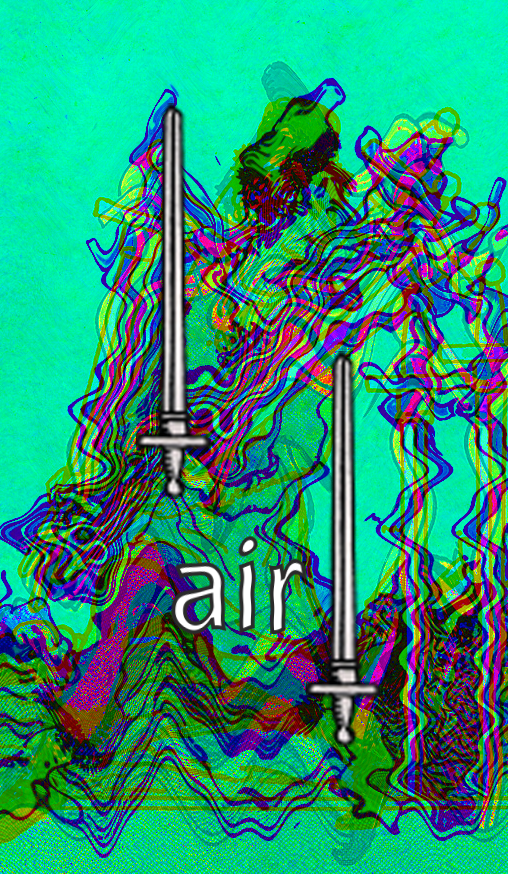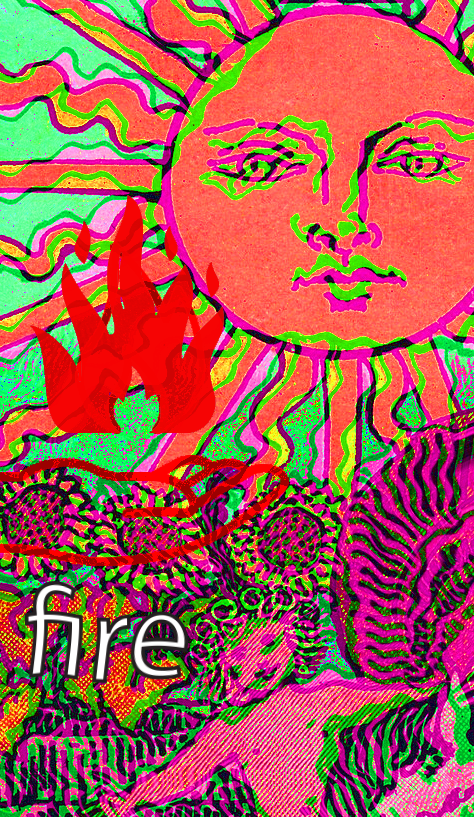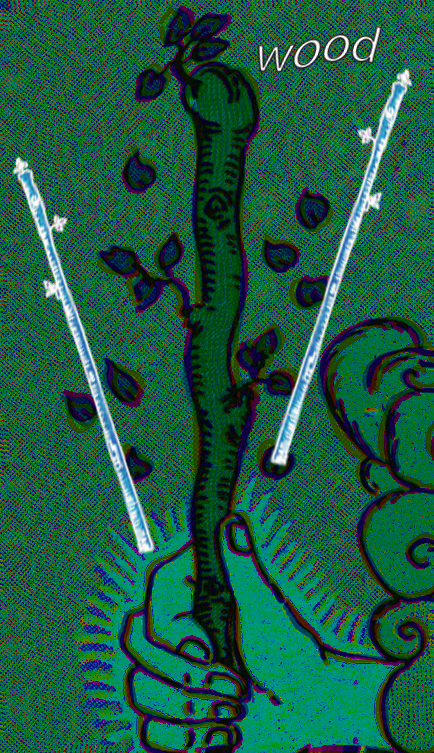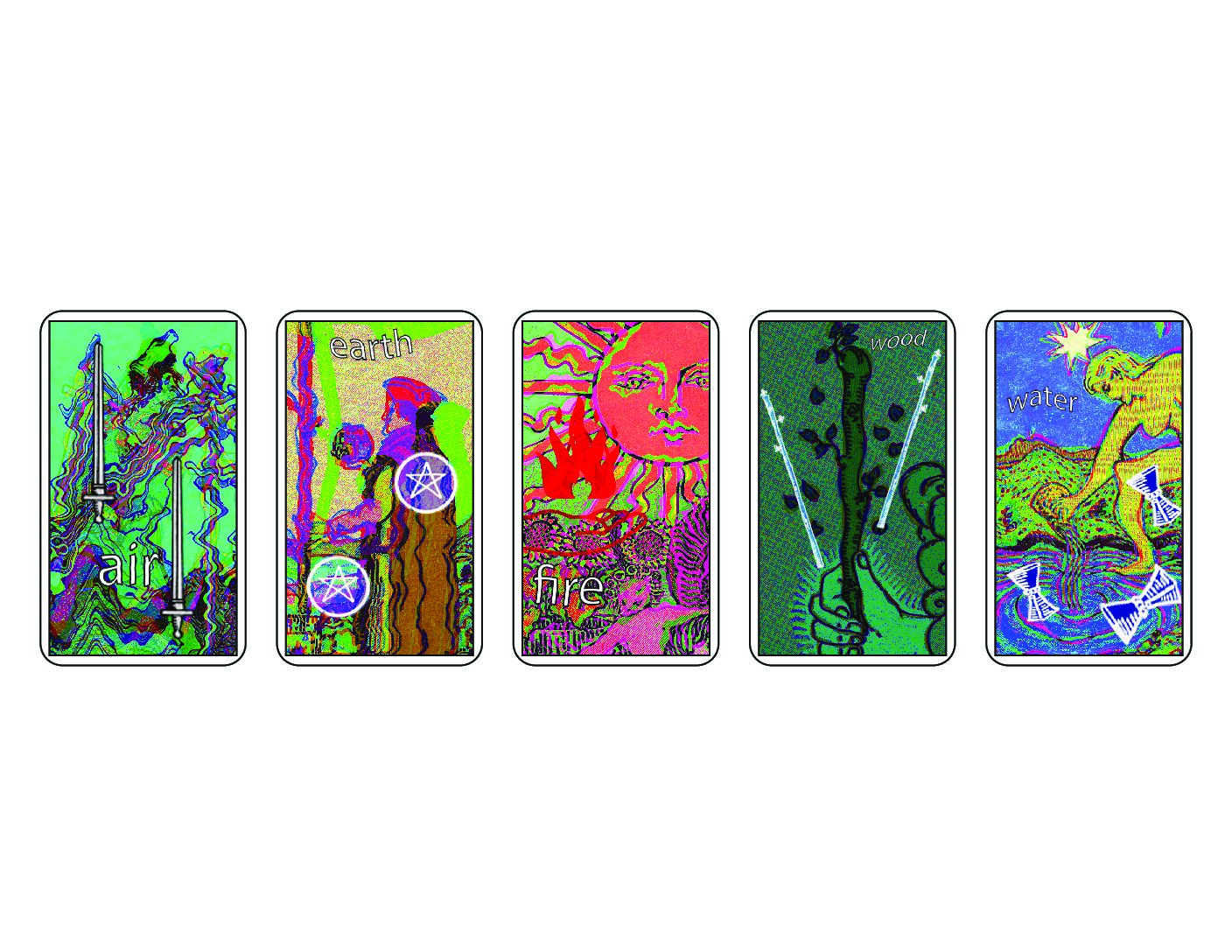In the 1930s, Duke University perceptual psychologist Dr. KE Zener created “Zener Cards” for experiments in exploring extrasensory perception with his colleague, JB Rhine. Over the course of one year, Rhine and Zener worked with thirty research subjects over 800 trials, attempting to determine whether extrasensory perception (ESP) or modes of “telepathic” transmission were possible.1 The Zener Cards—five cards, with a circle, rectangle, plus, star and wavy lines—were used in card-guessing exercises, with one person drawing cards, and the other one guessing the image. With such a small number of patterns, the likelihood of a correct guess is statistically high, and the outcomes of the experiments were critiqued by peers and the broader scientific community.
Yet JB Rhine claimed this kind of research into the “frontiers of the mind” would one day be as significant as Einstein’s theory of relativity. During the Cold War, ESP and mind-reading re-emerged as a mode of U.S. government-funded research to address the “psi-gap” between the US and the Soviet Union.2 Some of the first experiments involved the attempt to communicate over long distances, specifically aboard submarines. In the context of military research, this model of the mind was one where increased capacity would allow for sensing, information gathering, and perceptual transmission.
Alongside a model of the mind as a communication tool across vast distances, an adjacent model of the mind as networked forms of knowledge and decision-making was also emerging within cybernetics. As Orit Halpern has argued, the cybernetic mind and neural networks, rational and full of predictive possibility, emerged in the 1950s, and alongside the economic theories of Friedrich Hayek, they would unleash a wave of neoliberalism and a world economy built on prediction, speculative financial positions, and algorithms.3 Such speculative algorithms, as Donald MacKenzie writes, produce value rather than capture a state of value.4 The current turn towards generative AI is founded on this turn towards financial speculation and prediction, and extends it. The magic of large language models, for example, comes from its statistical power in predicting the next word in a sentence or phrase, creating a generally comprehensible sentence.
We offer these five Zener Cards updated for our contemporary moment: the five elements of earth, fire, wood, water, and air. The dreams of finding accurate technologies of transmission, such as mind-reading in the Cold War, have now shifted to building even more accurate technologies of time, centered around the idea of a universal, linear timeline that encompasses not only the entire globe, but also our imaginations. Temporal technologies of prediction, modeling, and risk embedded in algorithms and AI have paved the way for financial markets and new forms of digital capitalism to thrive, all the while continuing to rely on endless extraction of natural resources to power data centers and provide the hardware that allows data centers to exist.5 As the use of large language models pervades our cognitive labor of writing, coding, and making art, the predictable universe subsumes itself, reiterating and reproducing itself: the words we write are outputs of the highest statistical likelihood of a model. Our words are predictable because our words are from the model itself. This kind of certainty is reminiscent of the statistically high likelihood in guessing correctly on Zener cards.
In the realm of work, the speed in which models generate marketing copy, content, and emails is astonishing, theoretically accelerating productivity and economic growth. Yet despite the best efforts of tech companies, shareholders, and investors to keep financial markets growing, it turns out the worlds of speculation are still beholden to the material constraints of the elements. From the cooling of data centers to the human-built climate change of hurricanes and wildfires, the elements of earth, fire, wood, water, and air still dictate the edges of the “insurable universe.”6
These remixed Zener cards feature classic Rider-Waite tarot iconography. In the Rider-Waite deck, the five elements reflect a sense of equilibrium: living beings rely on a balance of the different elements to survive. On the worldly plane, they also represent different aspects: water for emotions, earth for material goods (like money), fire for creativity, air for rationality, and wood for structure and hierarchy. In other pharmacosmos, the balance of elements signifies homeostasis or health.7 In a time where the insurable universe seems to be disappearing due to unpredictable elements, we use these modified Zener Cards to remark on the continued, technological desire for control and predictability. With these remixed Zener Cards based on the classic Rider-Waite tarot iconography, we invite you to use them as an ESP card-guessing test, for predicting places still in the insurable universe, or for playing a game of poker.





Five and Nine Futures Lab is a research, design and strategy consultancy that helps mission-driven organizations and individuals build better futures in an unpredictable world. We do workshops, leadership coaching and intuitive planning for organizations and entrepreneurs seeking to expand their creative thinking processes.
: :
Endnotes
- See JB Rhine, Extra Sensory Perception (Faber and Faber, 1935).
- See Anthony Enns, “Psychic Spies. Cold War Science and the Military-Occult Complex,” Mediality on Trial: Testing and Contesting Trance and other Media Techniques, edited by Ehler Voss (De Gruyter Oldenbourg, 2020), 370-394.
- Orit Halpern, “The Future Will Not Be Calculated: Neural Nets, Neoliberalism, and Reactionary Politics,” Critical Inquiry 48, no. 2 (2022): 334–59.
- Donald MacKenzie, An Engine, Not a Camera (MIT Press, 2008).
- See Ana Valdivia, “The Supply Chain Capitalism Of Ai: A Call to (Re)Think Algorithmic Harms and Resistance through Environmental Lens,” Information, Communication & Society (2024), https://doi.org/10.1080/1369118X.2024.2420021; Dustin Edwards, Zane Griffin Talley Cooper, and Mél Hogan, “The Making of Critical Data Center Studies,” Convergence 31, no. 2 (2024): 429-46; Tamara Kneese and Meg Young, “Carbon Emissions in the Tailpipe of Generative AI,” Harvard Data Science Review, no. 5 (August 20, 2024), https://hdsr.mitpress.mit.edu/pub/fscsqwx4/release/2.
- Gary Zhexi Zhang, Catastrophe Time! (MIT Press, 2023).
- “Pharmacosmos” is a term from Theophus Harold Smith, Conjuring Culture: Biblical Formations of Black America (Oxford University Press, 1994). It describes the convergence of healing and spirituality in Black American culture. A multitude of other pharmacosmos also exist throughout the world, reflecting the deep seated beliefs in the cosmological views of wellness.
